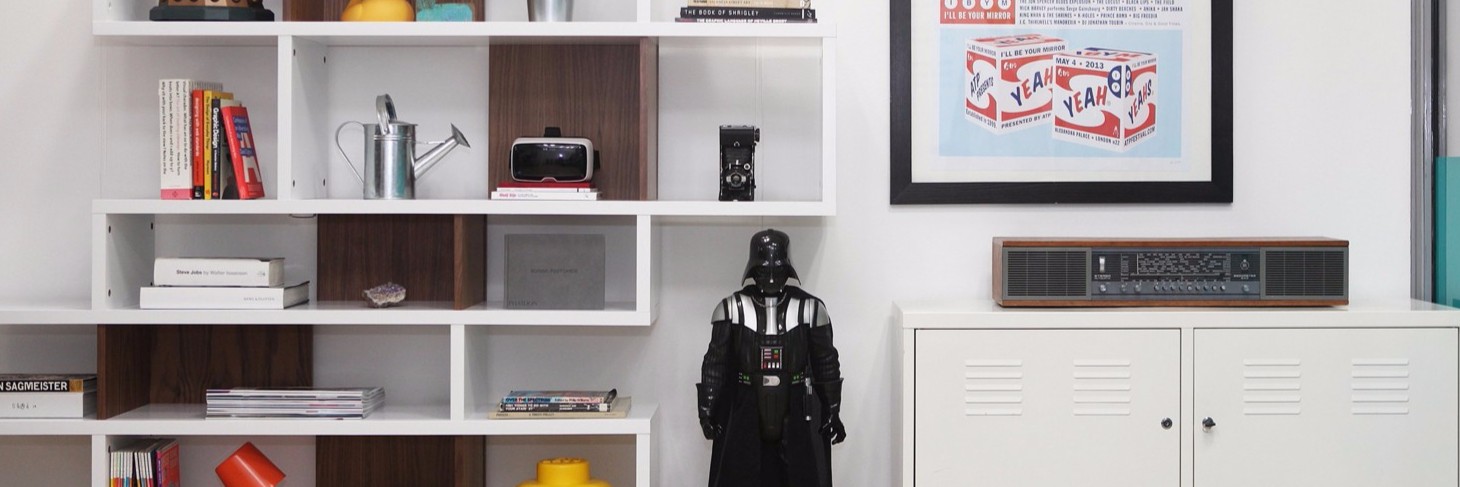Colour.
Colour is integral to any design and branding strategy, to the communication of a brand identity (in both its presence and absence). It conveys feeling and emotion, often acting as words without language.
Last month Pantone released their top colour trends for Autumn 2017, as well as VIEWPOINT Colour, a bi-annual magazine devoted to charting seasonal trends related to colour. (in case you missed it, Greenery is the colour of the year for 2017)
It’s interesting that in this day and age of globalisation, where fads and fashions alike can cross country and ocean lines at the drop of a hat, that the idea of ‘colour trends’ is still relevant. ‘Trend forecasting’ as a job is arguably a dying role (at least in its traditionally understood capacity), and the combination of fast fashion with technology’s ‘see-it-now-get-it-now’ capabilities have completely transformed the way that fashion is perceived and consumed.
Think about how runway shows and fashion weeks alone have evolved, with brands shifting their strategy in an effort to stay relevant to today’s consumer– the see-now-buy-now options offered from the likes of Burberry and Ralph Lauren, the exclusive capsule collections from brands such as Michael Kors and Moschino, and the rise of seasonless apparel.
So in this ever-increasingly quick turnover of fashions, is colour still relevant as a ‘trend’? Or should the term even apply to colours as separate from another trend-driven category? Is it the shape, colour, or texture that ‘makes’ a trend, or some combination of these categories?
Can you really plan or forecast colour trends?
Or are they purely in reaction to other movements in industry and culture?
Colour is unique in that it doesn’t conform to a specific era or time like fabric or a silhouette, and while it can definitely be dated, it is less likely to go in and out of date the same way that acid wash jeans seem to.
This leads one to ask: how do colour trends impact design, particularly web design? Is this something that creative designers and branders should even pay attention to, or is it primarily the form and function through which the colour is expressed that dates (and updates) a website?
What do you think?



